Being bipolar means your brain works a little differently than others. Sometimes the colors seem brighter, sounds are more vivid, and ideas flow like a river. You feel like you could take on anything…And then other times, even getting out of bed feels like climbing Mount Everest.
While it can certainly get challenging, it can also be a source of resilience. Take Chappell Roan, for example.
The 26-year-old pop star was diagnosed with bipolar II disorder at the age of 22. Roan has been candid about her struggles with mental health, and how her rapid rise to fame exacerbated her symptoms. In 2020, as her single “Pink Pony Club” gained popularity on TikTok, Roan experienced a hypomanic episode where she was on the wrong medications, was not sleeping, and had “the energy and the delusion” that the app “is fueled off of mental illness.” This led to suicidal thoughts, and Roan decided to enter outpatient therapy in 2022 as she was opening for Olivia Rodrigo on tour.
Roan has said that if she had reached this dark point during the height of her recent fame, “it would’ve just been too much” for her to handle. She credits seeking mental health treatment before her mainstream success as crucial to her being able to manage her bipolar II disorder.
Bipolar II disorder is a type of bipolar disorder that involves episodes of depression and hypomania (a less severe form of mania). Unlike bipolar I disorder, which is characterized by full-blown manic episodes, bipolar II disorder involves hypomanic episodes that are less intense and don’t typically require hospitalization. However, the depressive episodes in bipolar II disorder can be just as severe and debilitating as those in bipolar I disorder.
Other types of bipolar disorder include cyclothymic disorder (a milder form of bipolar disorder) and bipolar disorder not otherwise specified (a catch-all category for those who don’t meet the full criteria for bipolar I or II). Regardless of the specific type, all forms of bipolar disorder involve significant changes in mood, energy, and activity levels that can interfere with daily life. For Roan, being diagnosed with bipolar II disorder was a turning point in her life. It helped her understand why she had been struggling for so long, and gave her the tools she needed to start managing her symptoms. But it wasn’t an easy journey.
Roan has also opened up about experiencing severe depression, which she was recently diagnosed with by a psychiatrist. She described symptoms like brain fog, forgetfulness, poor focus, and a “lackluster viewpoint,” which she attributes to the major life changes. However, by sharing her story, she’s helping to break down the stigma surrounding mental illness. Bipolar disorder doesn’t define us. It’s one part of who we are. We are artists, writers, musicians, scientists, parents, friends, and so much more. And even in the midst of the chaos, there is still beauty and meaning to be found.

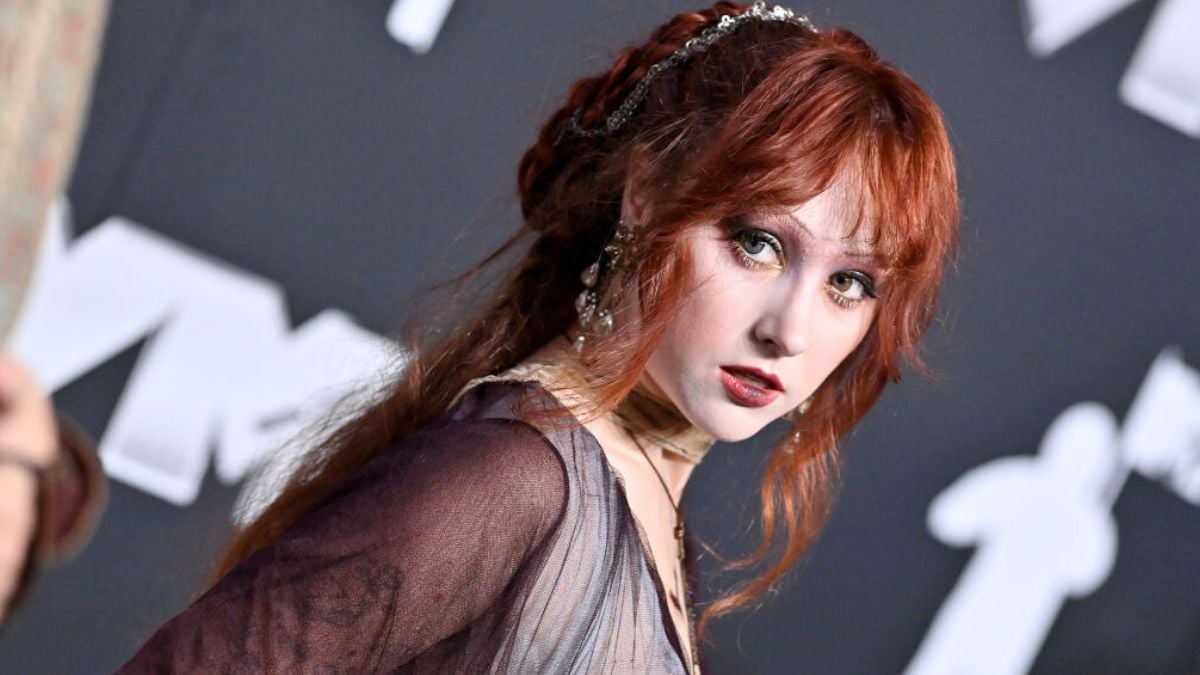


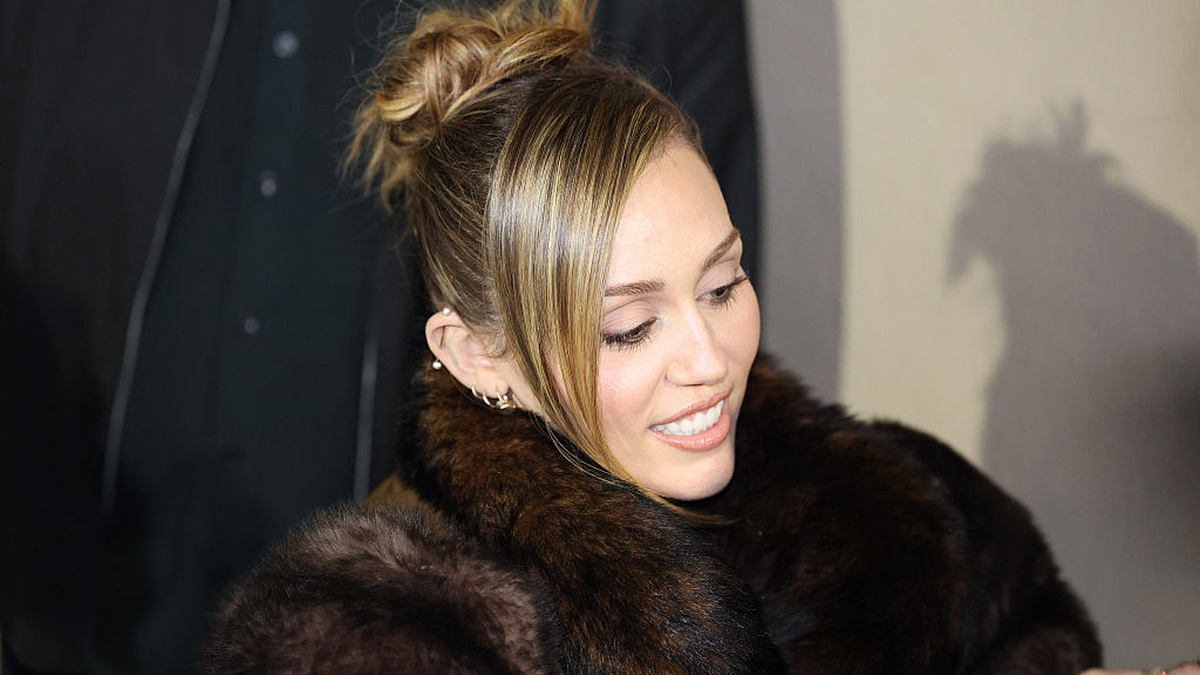
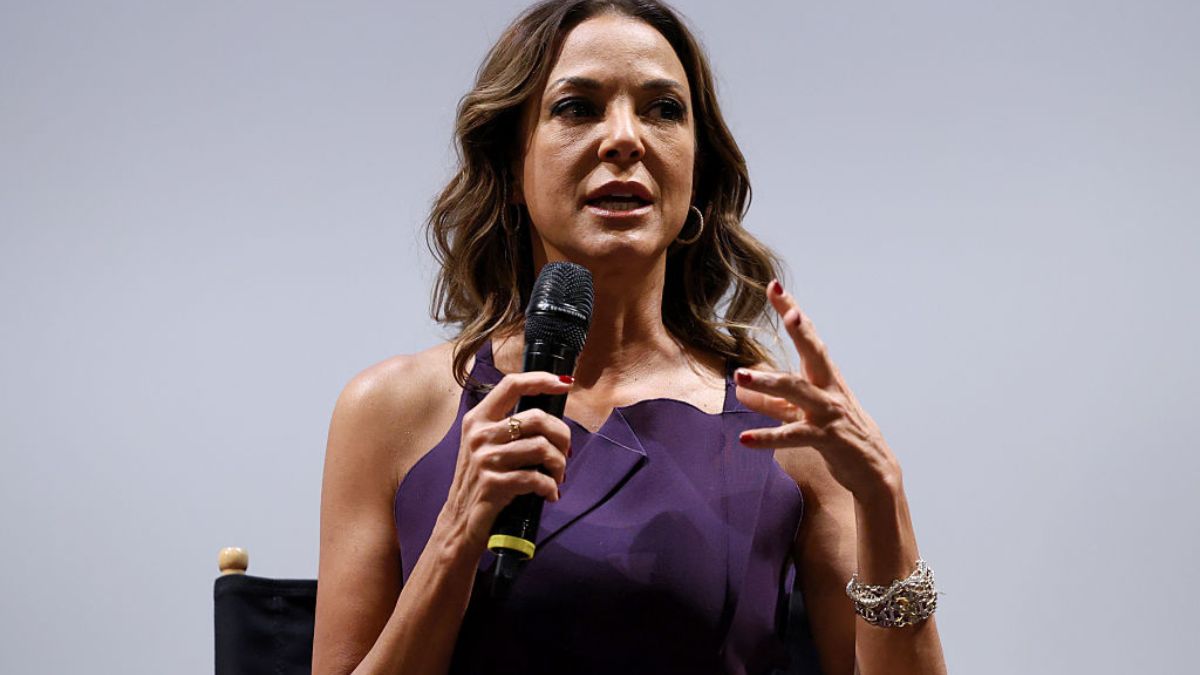
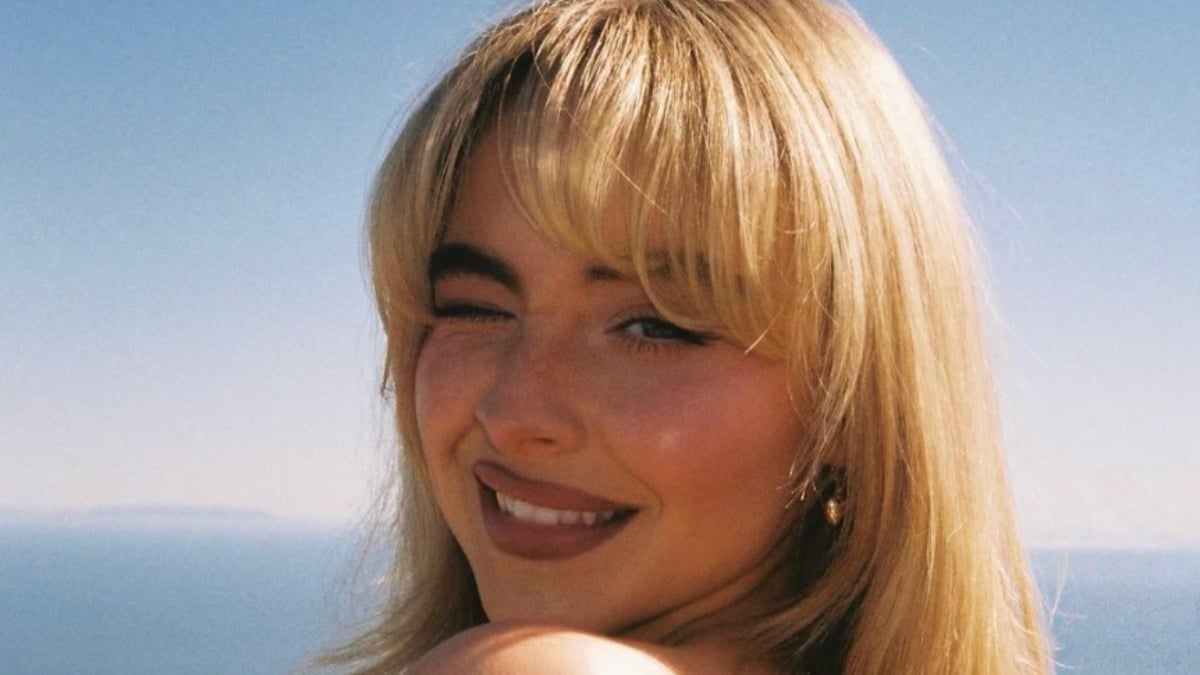


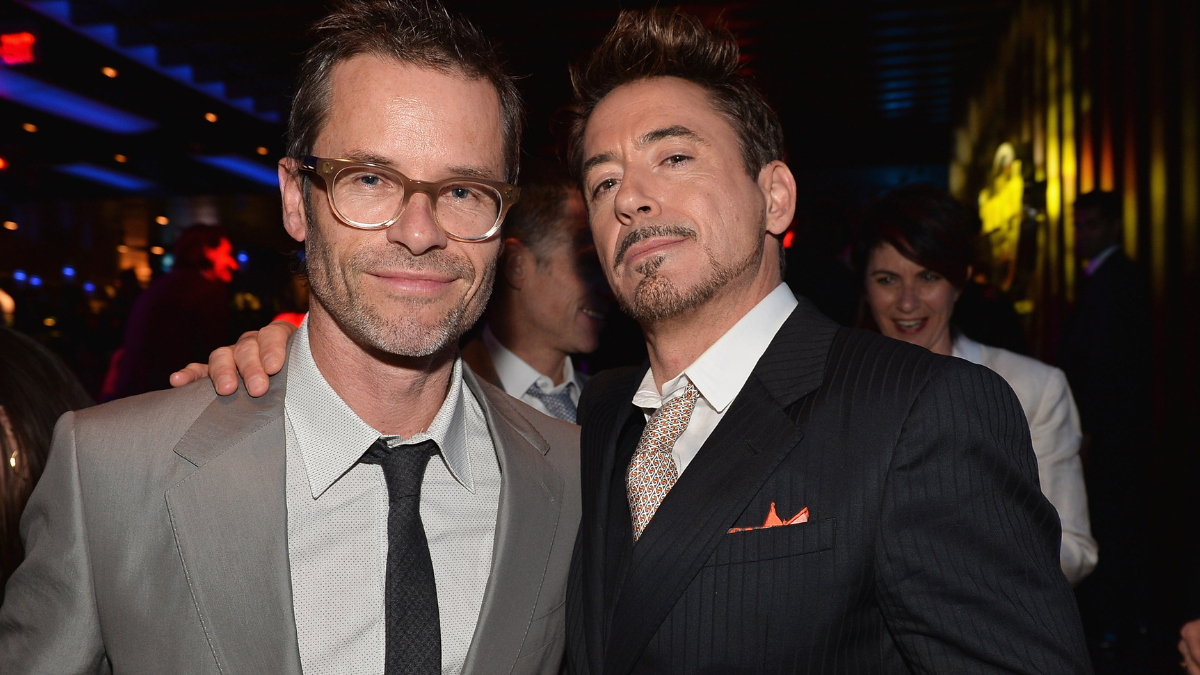

Published: Sep 27, 2024 06:41 pm